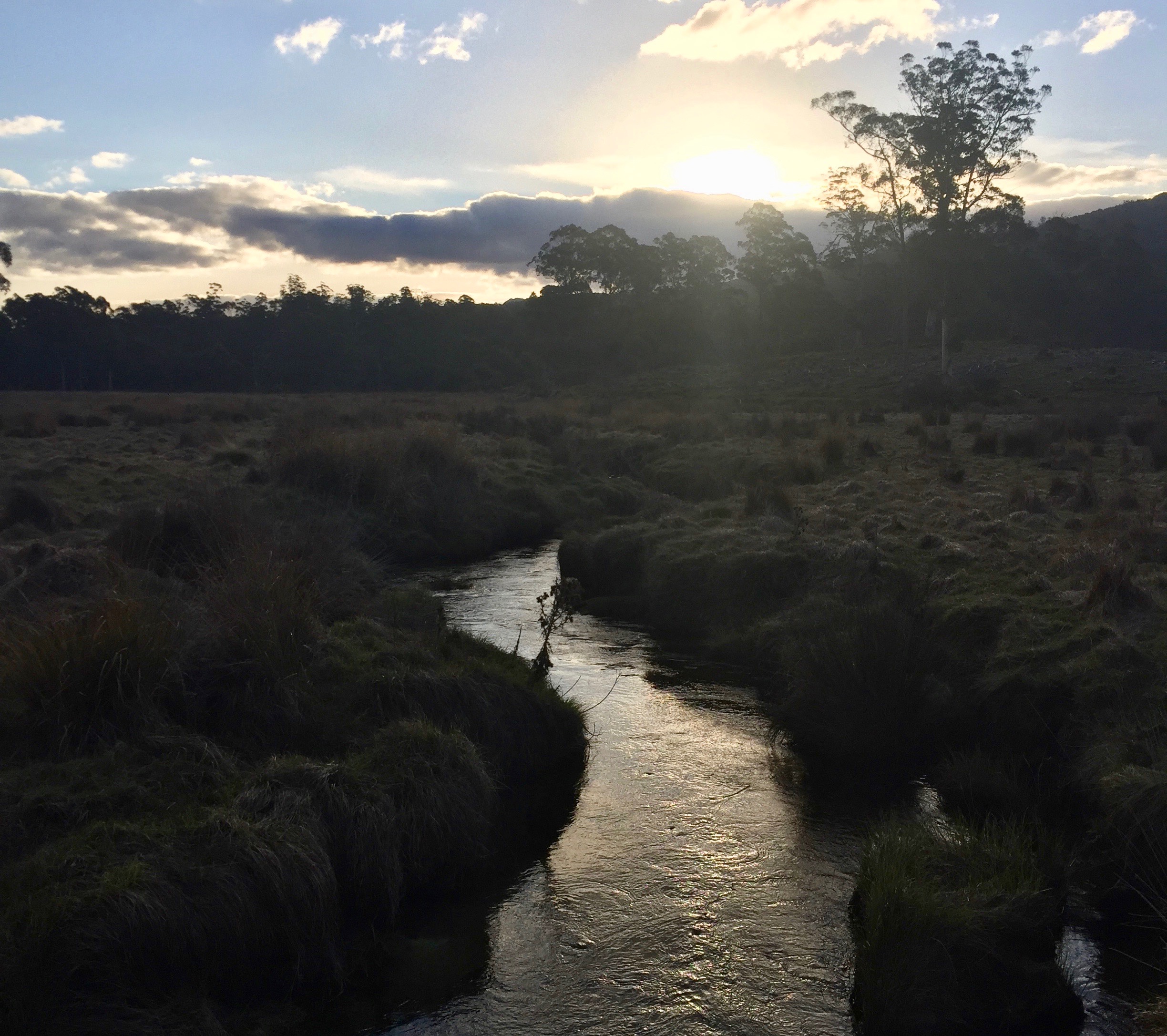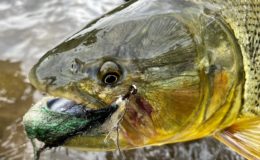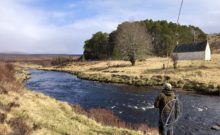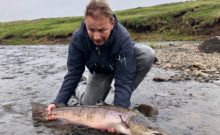I was on a business trip to Sydney, and sandwiched in the middle was a weekend free to enjoy an opportunity to go fishing. Australia isn’t known for its trout fishing, so a quick two hours flight and an opportunity to fish for the renowned Tasmanian trout.I had been looking forward to the trip for a while and interspersed between computers, files and client presentations, were waders, wading boots and the assorted nonsense that travelling anglers take with them when fishing somewhere new. I left the kitchen sink behind, but only just. Maybe it’s the anticipation of where we are going that can be as exciting and as immersive as the fish experience itself. YouTube videos, internet research, books, patterns and a clean set of fly lines and I thought I had a pretty good idea of what I was going to fish. In my mind I had a combination of New Zealand freestone rivers and the undulating pastures of the English countryside, all set in the middle of absolutely nowhere, a wilderness bobbing in the middle of the Tasman sea. To give some sense of context, Tasmania is half the size of England and with a population the size of Bristol. Perfect I thought, limited chance of seeing other anglers, and just to ensure that I had as good a chance as any to see the best of the island, I had booked a guide for the two days. No point in wasting time wondering where I could fish, and hoping that the river was in the right place and I wasn’t trespassing on sacred land. I’ll leave the planning to the guide who knows more than I ever will.
Mid October is early Mayfly time in the Southern Hemisphere. Brilliant I thought, a unique chance to fish for Brown Trout on the Mayfly twice in one calendar year and off we went, full of anticipation of clouds of Mayfly duns, and the sight of nonchalantly feeding trout, unfussed and confident. It was all going to be straightforward.
There was only one problem. Someone had forgotten to tell the Mayfly, and clearly therefore the trout, that we would all have a much better time if they bothered to turn up. Wild trout rivers are very hatch dependent, for without the hatch you’d be quite right in thinking there wasn’t a fish to be seen in the river such is their ability to sulk under a tug of weed, or sit in the undercut of the bank, unlikely to move and unwilling to do anything that might indicate their lie. I admire their sense of preservation, but its very dull when you stand knee deep in fast flowing river, clear water, and flowing ranunculus around you, in other words perfect conditions, and not a fish to be seen. We stood still for over 30 minutes and looked up into the back of the river. Nothing, just the sheen of light and the sound of water.
This carried on for two days, the deception of perfect conditions and the occasional dashed hope of a flustered Mayfly dun skittering to freedom quite untroubled by the trout. Well this is fun. And so we moved to find another river, driving now across the wild back country of Northern Tasmania and the same story save for a couple of very small fish whilst deep nymphing at the back of a fast freestone pool. Normally, czech nymphing is my first line of defence and in Tasmania it was my only line of attack.
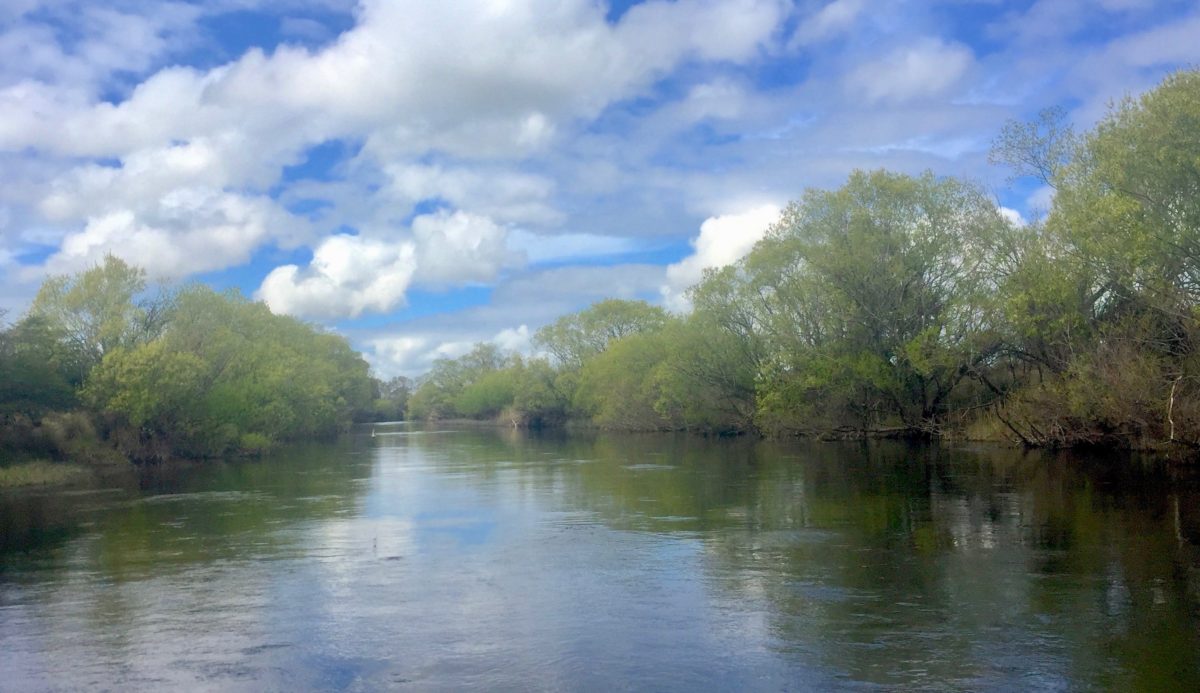
A trout free zone…
I don’t want to appear critical of Tasmanian rivers, when my only misfortune was one of timing, but it’s a strange experience to see more of the fabled Duck billed Paltypus than caught trout over the two days. They say the Western Lakes are the place to fish, clear water, cruising fish and the ultimate in sight fishing. I hope they are right because all the guide talked about were the wonderful trout of New Zealand, and based on this experience, there can be no comparison. Next time I’ll fly the extra hour and return to the North Island and submerge myself in the ultimate in brown trout fishing.
